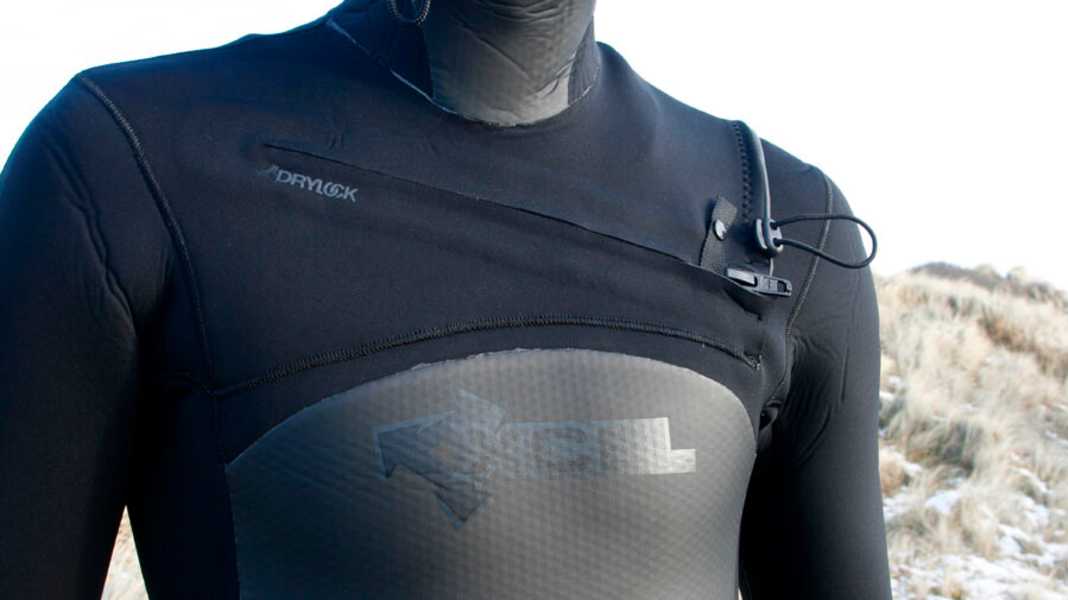
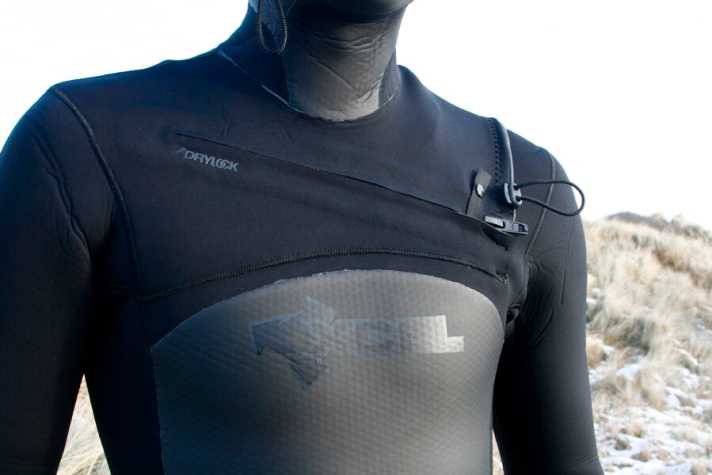
The thickness of the neoprene determines how warm a suit is, it is always printed on the suit. The thickness is indicated with values such as 5/4, 4/3 or 3/2. These numbers stand for the material thickness on the body and the extremities, so 5/4 means five millimetres of neoprene thickness on the body and four on the arms and legs. How thick your neoprene should be depends on when you primarily want to use it.
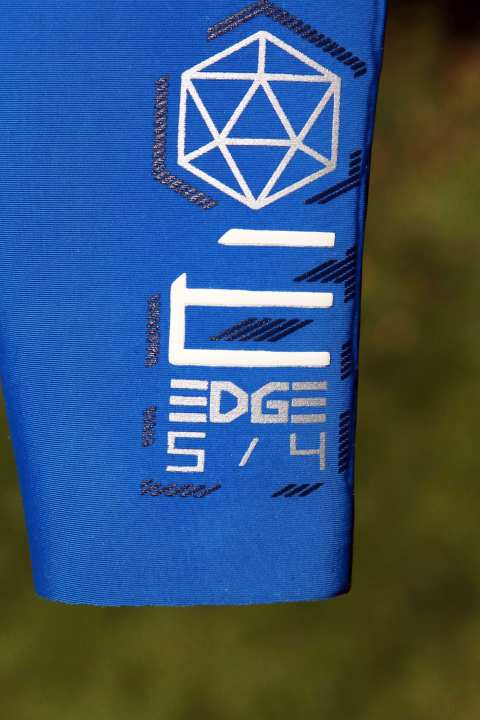
The recommended areas/seasons of use are
surf tipAs an "all-rounder", we recommend a neo of thickness 5/3 or 5/4/3, which you can use as often as you like at home. Only on cold winter days and in midsummer is this thickness not ideal.
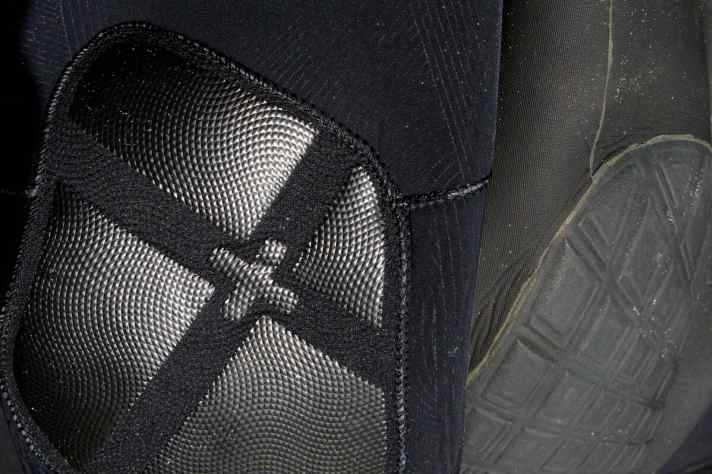
In general, a distinction is made between smooth-skin and laminated suits, regardless of the thickness. As the name suggests, smooth-skin neoprene feels smooth on the outside. As a result, water rolls off quickly and the evaporative cooling ("wind-chill effect") is reduced. Laminated neoprene has a thin layer of nylon glued to the outside. This makes the suits very robust (e.g. against abrasion on the base coat or contact with the fin), but also increases heat loss due to higher evaporative cooling. A 5/3 smooth-skin wetsuit is therefore noticeably warmer than a laminated wetsuit of the same thickness as soon as it gets wet in the wind.
surf tipFor summer, autumn and spring, a laminated 5/3 wetsuit is the best choice in terms of both thermal insulation and durability. A smooth-skin wetsuit only makes sense if you regularly want to go on the water on cold winter days (10° Celsius).
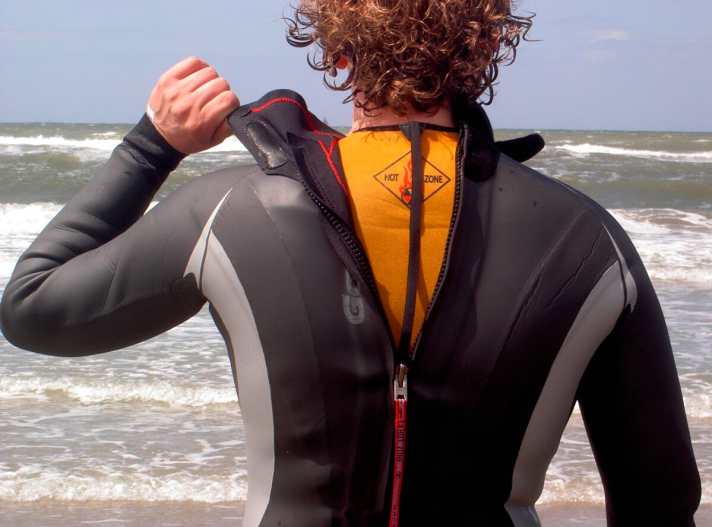
If you are buying a wetsuit for the first time, you should always try it on beforehand, so going to your local surf shop has big advantages over buying online. Surf wetsuits should fit snugly around the body, especially at the neck and the arm and leg cuffs, so that no water gets in, but should offer enough freedom of movement in the important areas (arms, shoulders) and not be too tight. Otherwise you are bound to get fat arms after a very short time when surfing.
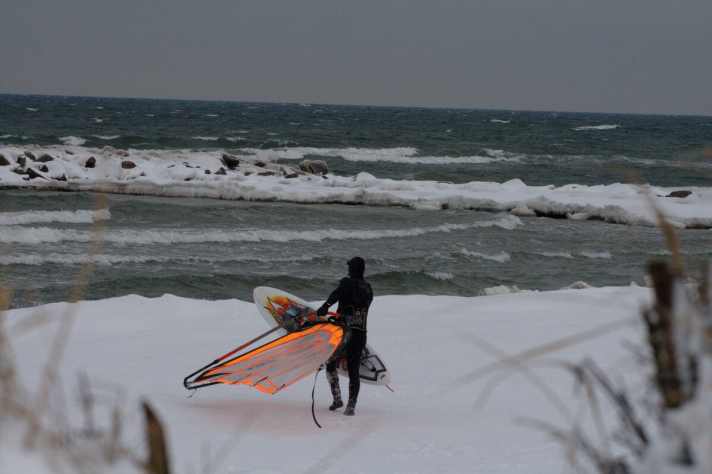
It's usually not worth buying a second, thicker suit for the first cold days in the transition period. And you don't have to! There are useful accessories for little money that we can recommend:
Bonnet
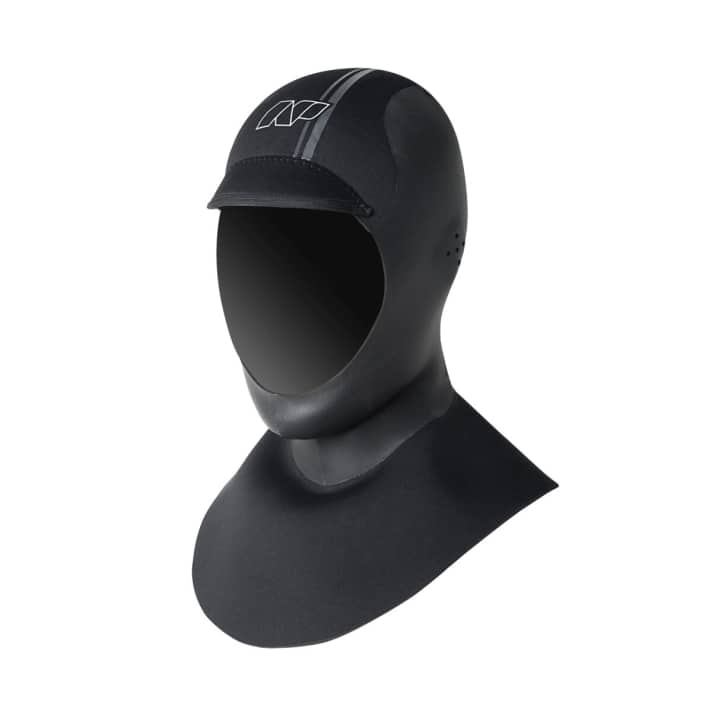
30 per cent of body heat is dissipated through the head, so it's definitely worth buying an external bonnet (from €19.90). It will also protect your ears against the effects of the cold, such as "surfer's ear". Make sure that the bonnet sits snugly on your head and has a ruff that you can slide under your surfing suit to prevent water from getting in.
Thermal underwear
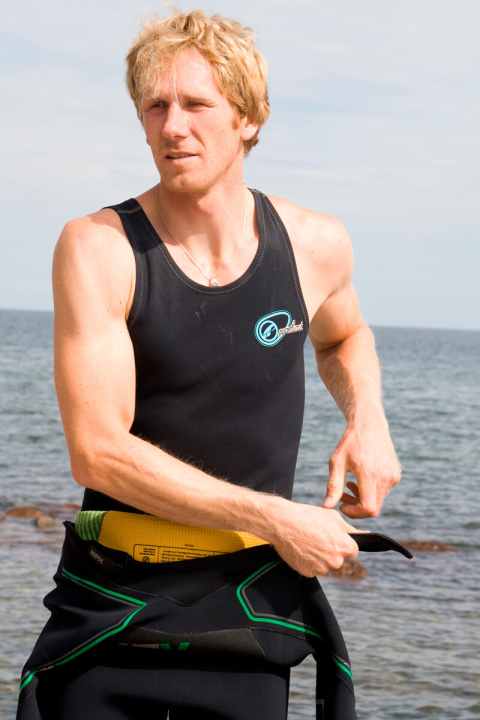
Every neo can be further enhanced by wearing thermal underwear underneath (price from €50). The undersuits are 1-2 millimetres thick and coated with titanium on the inside. This turns a normal 4/3 summer neo into a suit that is almost suitable for winter. You can also use just the undersuit on hot summer days.
You can find out what you need to look out for when buying used wetsuits in our "Used purchase guide"
